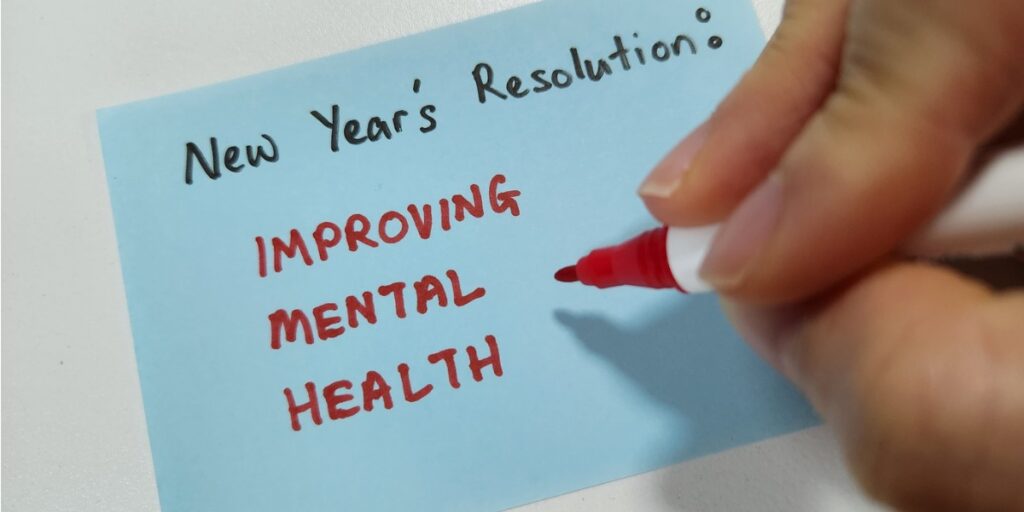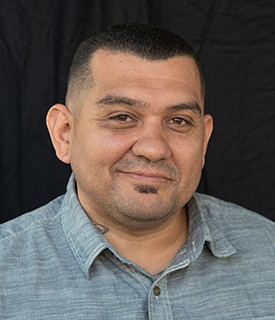For most people, life may be full of challenges that affect their day-to-day lives. What sets those living with a mental illness apart is that some of the greatest challenges they face are entirely internal. What do you do when life throws a hurdle your way when you’re already in a major depressive episode? How can you ask for help when your mind tells you that picking up the phone is pointless because there is no support waiting for you on the other end?
Cognitive-behavioral therapy (CBT) is a form of psychotherapy (or talk therapy) where the intention is to identify inaccurate or negative thinking so that you can view challenging situations more clearly and respond to them more effectively. Its goal is to give our clients the tools they need to live with their mental illness and develop helping coping mechanisms for difficult situations.
Why Cognitive-Behavioral Therapy (CBT)?
CBT can quickly identify and help clients cope with specific challenges in their day-to-day life. At Crownview Co-Occurring Institute, it is just one of many types of psychotherapy we use to provide highly individualized help to our clients. It is especially adept at addressing emotional challenges.
As CBT excels at treating emotional challenges, many of the disorders it treats are emotional disorders. It can help clients manage their symptoms and prevent a relapse, as well as treat mental illnesses when medications aren’t a good option. Additionally, CBT helps overcome emotional trauma, cope with a medical illness and help manage chronic pain symptoms.
Some examples of disorders that may benefit from CBT include:
- Depression
- Anxiety
- Phobias
- PTSD
- Sleep disorders
- Eating disorders
- Obsessive-compulsive disorder (OCD)
- Substance use disorder
- Bipolar disorders
- Schizophrenia
- Sexual disorders
What Are Some Examples of CBT Practices?
CBT is a solution-based treatment with an emphasis on developing the client’s confidence and using problem-solving skills to cope with difficult situations.
For example, let’s say that a client struggles with extreme social anxiety and a fear of confrontation. They decide to go out to eat, and the server gets their order wrong. Worse still, they’re given something they’re allergic to. They decide this must mean that the server knows them from somewhere and has a personal vendetta against them. The client also believes that it is useless to ask for their order to be corrected because the server has a personal vendetta. Their fear of confrontation, combined with a lack of self-confidence, results in them paying for a meal that they cannot eat.
Some examples of CBT strategies that one might use in this scenario include:
- Identifying, recognizing, and reevaluating distortions in thinking that are creating problems in the client’s life
- Developing a better understanding of how others behave (their motivations, etc.)
- Building the client’s confidence in their abilities and beliefs
- Having the client face their fears
- Utilizing role-play scenarios to prepare for problematic interactions and confrontations
- Learning coping skills to relax the mind and body during intense situations
So what does this look like in practice? We encourage the client to reevaluate the scenario and the emotion it caused. They felt unseen, hurt, and thought that it must have been purposeful. However, by developing a better understanding of others’ behavior, the client can consider that perhaps the server was overwhelmed, which was why they got the order wrong. They acknowledge that it logically was probably not a personal attack.
During their therapy sessions, we work with the client through role-play scenarios, walking them through examples of positive confrontations that end in resolved conflict. We teach them how to face their fears and give them coping mechanisms such as breathing techniques to ease the physical symptoms of anxiety and distress. Using all of these tools, the client takes a deep breath, adjusts their thinking, and politely explains to the apologetic server that there has been a misunderstanding, that they had ordered something else and are allergic to this food.
This is an extremely simplified example of how this treatment might play out in a client’s life. It would take several sessions to see this kind of development, and not every client will need these specific treatments and tactics. It is important to remember that proper diagnosis is required before therapy to ensure that the treatment being received is designed to address the client’s specific problems.
Lessons for Life
The goal of any treatment should always be for the patient to have the confidence, coping skills, and mental wellness to continue forward with their life. CBT uses in-session exercises as well as tools to be used out of sessions to help clients learn how to change their thinking and behavior.
At Crownview Co-Occurring Institute, we believe that life skills, in conjunction with proper medication, can help to achieve sustainable mental wellness. While medications can be used to stabilize a client, the goal is to reduce or even eliminate medications where they are no longer deemed necessary for the client’s well-being. CBT is just one of several therapies that we use to develop those life skills.
Working together with a highly qualified therapist, each client is shown how to identify and correct areas to prevent self-defeating behavior. As the causes of problematic thoughts, feelings and behaviors are identified, they are replaced with tools that will set the client on the path to recovery.
Here at Crownview Co-Occurring Institute, we understand that each client is an individual and that no two treatments will be the same. Our goal is to help those individuals who enter our program by providing them the tools with which to continue forward with their lives post-treatment. If you or a loved one is seeking treatment and would like more information about our programs, call us at (855) 616-1095.



 Kimberly Gilkey, RADT-1
Kimberly Gilkey, RADT-1 Timothy Wieland
Timothy Wieland David Abram
David Abram Mark Melden, DO/DABPN
Mark Melden, DO/DABPN Jeffrey Klein
Jeffrey Klein Nathan Kuemmerle, MD
Nathan Kuemmerle, MD Laura Hopper, Ph.D.
Laura Hopper, Ph.D. Rebecca McKnight, PsyD
Rebecca McKnight, PsyD Milena Dun, PhD
Milena Dun, PhD Brieana Turner, MA, LMFT
Brieana Turner, MA, LMFT Brittany Perkins, MA, LMFT
Brittany Perkins, MA, LMFT Joanne Talbot-Miller, M.A., LMFT
Joanne Talbot-Miller, M.A., LMFT Alexis Weintraub, PsyD
Alexis Weintraub, PsyD Kathleen McCarrick, MSW, LSW
Kathleen McCarrick, MSW, LSW Christina Lam, N.P.
Christina Lam, N.P. John P. Flores, SUDCC-IV-CS, CADC II
John P. Flores, SUDCC-IV-CS, CADC II David Dalton, Facility Operations Director
David Dalton, Facility Operations Director Amy Thompson
Amy Thompson Kelly Schwarzer
Kelly Schwarzer Jovanna Wiggins
Jovanna Wiggins Alexandria Avalos, MSW, ACSW
Alexandria Avalos, MSW, ACSW Michelle Ertel
Michelle Ertel Emily Skillings
Emily Skillings Amanda Irrgang, Registered Dietitian Nutritionist (RDN)
Amanda Irrgang, Registered Dietitian Nutritionist (RDN) Gianna Melendez
Gianna Melendez Jodie Dahl, CpHT
Jodie Dahl, CpHT Jordan Granata, PsyD
Jordan Granata, PsyD